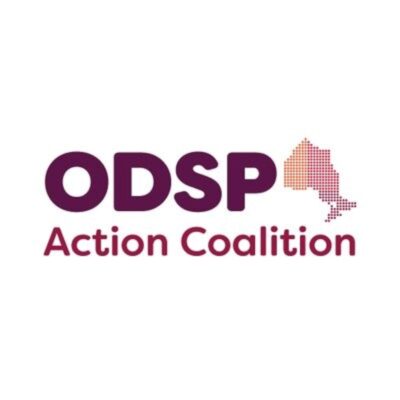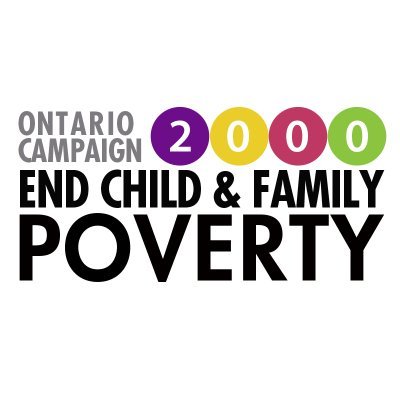Ways to build a better Ontario
We cannot continue to rely on the charitable sector to fill the gaps left by poor public policy decisions. In a province like Ontario, everyone should be able to access enough income to afford the food and other basic necessities that they need.
There are a number of immediate actions the Government of Ontario can take to address food insecurity and poverty.
Invest in affordable housing
Housing is the single largest expense for most households. Surveys of food bank clients found that 1 in 5 respondents skipped meals to pay rent, and 60% have less than $100 left each month after paying for housing and utilities. This leaves very little left over for other necessities like food.
To address food insecurity, particular attention should be paid to renters, as 80% of food bank visitors rent their home, a rate nearly three times higher than the general population. However, affordable rental housing is in short supply across the province: an analysis of average rental costs in communities across the province shows that average rent is only affordable in 2 out of 100 cities and towns. There is a long wait list for social housing in every community in Ontario.
Our recommendations:
Build a stronger workforce
A low unemployment rate is a good metric for assessing what percentage of the province’s total labour force is unemployed; however, this metric does not speak to the quality of the jobs that people are occupying.
When 1 in 4 food bank visitors have income from employment, it is clear that a job is no longer enough to protect you from poverty. In order to build our province’s resilience and strengthen Ontario’s workforce, simply connecting people to jobs will not be enough.
Our recommendations:
Put people at the centre
Ontarians living in poverty are the experts on the challenges that they face and the ones that will be most impacted by changes or enhancements to provincial policies and programs. Including the perspectives of people living in poverty and/or those with lived experience is therefore essential to investments and policies meet the needs of those they are intended to assist.




Improve Ontario’s social assistance programs
The majority of food bank clients rely on Ontario Works (OW) or the Ontario Disability Support Program (ODSP). The income assistance provided by OW and ODSP falls far below what is needed for essentials like rent and food. In addition, the rules governing these programs make it difficult for recipients to move out of poverty.
When adults and children are struggling with hunger and the stress of not having enough, it becomes even more difficult to secure stable employment, excel at school, or participate in their community.
Our recommendations: